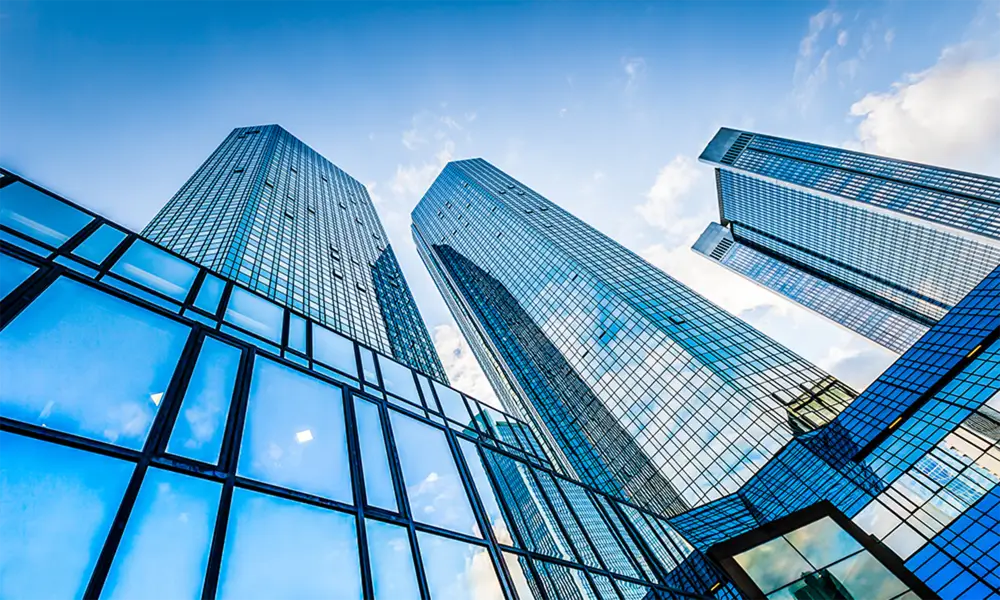

The Intricate Beauty of Glass Exploring the Reflective Nature
Glass, a seemingly simple substance, holds within it a world of complex properties and artistic possibilities. Among its many characteristics, the most captivating is its reflective nature, which has fascinated humanity for centuries. The interplay of light and glass can evoke emotions, inspire architecture, and influence design, making it a vital element in both functional and aesthetic applications.
At the heart of the reflective properties of glass lies its ability to transmit, absorb, and reflect light. When light hits a glass surface, some of it passes through, some is absorbed, and some is reflected back. This interaction not only determines how we perceive the material but also affects its practical uses. For example, the highly reflective glass used in modern skyscrapers serves not just an aesthetic purpose but also enhances energy efficiency by reducing the amount of heat entering the building.
The Intricate Beauty of Glass Exploring the Reflective Nature
Moreover, the reflective quality of glass can be utilized to enhance a space’s ambiance. In interior design, mirrors and reflective surfaces can make small spaces appear larger and more open. The strategic placement of reflective glass can amplify light, creating an inviting and airy atmosphere. It reflects not only artificial light but also natural light, making spaces feel vibrant and alive throughout the day.

Artistry and innovation further demonstrate the beautiful functionality of reflective glass. Artists have long leveraged the reflective qualities of glass to create thought-provoking installations. For instance, artist Anish Kapoor's works often use reflective surfaces to challenge perceptions and create an immersive experience for viewers. The interplay of reflection invites people to see themselves in the artwork, blurring the lines between the observer and the observed. Similarly, installations like Yayoi Kusama’s infinity rooms utilize reflective surfaces to create a sense of endlessness, enveloping participants in a visual spectacle.
In recent years, advances in technology have led to the development of smart reflective glass, which adapts to changing environmental conditions. This innovative glass can darken when exposed to sunlight, providing privacy and reducing glare while enhancing energy efficiency. As sustainability becomes a critical focus globally, such advancements serve a dual purpose improving energy conservation while maintaining the aesthetic qualities that make reflective glass so desirable.
However, the reflective nature of glass does have its challenges. The risk of glare can create discomfort in both outdoor and indoor settings, leading to issues in visibility and safety. Design solutions, such as strategic orientations and the use of frosted or tinted glass, can mitigate these effects while still capitalizing on the beauty and benefits of glass.
In conclusion, the intricate nature of glass, particularly its reflective properties, continues to shape our world in myriad ways. From breathtaking architectural achievements and stunning artistic expressions to advancements in smart technology, glass remains a pivotal material in enhancing both functionality and beauty. Its ability to reflect, absorb, and transmit light embodies the duality of transparency and concealment, inviting us to engage with our environments in new and creative ways. As we look to the future, the exploration of glass’s capabilities promises to yield even more innovative and aesthetically pleasing applications.